
March 2011
The Original Building and Its Engines
By Paul Harvey
As spring slowly approaches and the days gradually grow longer, Coolspring Power Museum is awakening and looking forward to the 2011 season. It will be so good to have buildings open again and hear the sound of engines running. We certainly hope that the Groundhog will be correct! Each year, the museum features a special engine or group of engines and this year the feature will be engines built in the State of New York. The June show will be interesting with all the unusual New York engines that will appear for display.
But for this month, I would like to take the reader on a pictorial tour of the first building of the museum and some of the engines that it contains. The Founders Engine House (FEH) started as a 12 ft. by 20 ft. structure, which my Dad and I built in the fall of 1967 and soon was filled with four engines. This was amazingly 44 years ago! Soon, more unusual engines came and the structure was expanded to 24 ft. by 20 ft. After about four years, it was expanded to its final size of 24 ft. by 56 ft. It served well over the ensuing years and was always a popular display. However, time had taken its toll, and it 2010, the building had a major renovation with new siding and roof. It houses an interesting array of unusual engines and proudly awaits its opening for 2011! Photo 1 shows the newly restored FEH.
It was very difficult to choose only nine engines to present in this article from the many housed there. I hope the reader will like my choice. Photo 2 shows the 5 hp Bessemer electric lighting engine with a belt driven generator, complete with electric panel board behind. This engine is considered “electric lighting” as it has special heavy flywheels that help regulate its speed to keep the lights from flickering. This was a common problem with early gas engines driving generators. History reveals that it originally, about 1910, provided emergency power in a school in Mercer County.
Photo 3 shows a nice little Rumsey engine built in Friendship, NY. This was typical of small town manufacturers who built a small number of high quality engines for the local market. It fits well with our New York engine theme for 2011. It served on a farm in southwestern NY powering a water pump.
Photo 4 shows an engine that was one of the original four in the 1967 building. It is a 6 hp International Harvester Victor stationary engine that came from a farm in West Virginia. Note the original screen cooling tank mounted behind the engine. The old gent directed me to his barn where I found the engine under many bales of hay. He was happy to sell it for the unheard of price of $25.00 and I hauled it home on my Dad’s 1952 Ford F1 pickup; quite a load! It is vintage 1906.
Photo 5 is a Model 2 Klein built by National Transit Pump and Machine Company of Oil City, PA and used in their Tiona, PA pipeline station. This engine is only 10 hp but weighs 2 ˝ tons and was one of the first I moved on my 1946 Reo truck. As Transit only built engines for their own use, they spared no iron. This was in 1968 and it has been a dependable runner ever since. The belt drive device mounted on it is an early attempt at a mechanical lubricator as Transit stations frequently pumped 24 hours a day and 7 days a week. It was built in 1898.
Photo 6 shows a Mietz and Weiss oil engine built in 1897 in New York City. It is a direct injection oil engine using kerosene as the fuel that is held in the tank between the wheels. Following the design of Carl Weiss and built by Augustus Mietz, it was an early attempt to circumvent the Diesel patent and was actually quite successful. The engine is two-cycle design and requires a torch as seen under the head to heat for starting. The cast iron pot to its right is actually the original muffler. It runs very well but notoriously makes such a cloud of white smoke rings that it is good mosquito control! This engine was found in a tumble down barn near West Alexander, PA and was brought to Coolspring in 1969.
Photo 7 shows a very unique combination engine and air compressor that was built by S.M. Jones Company of Toledo, Ohio. Jones built a line of oil field equipment under the Acme name. Its vintage is circa 1910. It is a combination unit that made compressed air to start a large Bessemer gas engine near Kane, PA. It is so odd with no crankshaft but locomotive style side rods extending to each flywheel. The engine cylinder is actually between the wheels and the compressor is on the right hand end. This is the only one of these units known to exist and it really runs quite well.
Photo 8 is our 5 hp Etna engine built in Butler, PA and its vintage is about 1915. Butler holds the honor of more gas engine makers than any other city in Pennsylvania due to the oil boom and the sudden need for inexpensive power. This engine is quite simple being of two-cycle design and it was used to pump a single oil well. It was found discarded and upside down in a creek near St. Petersburg, PA and was carefully restored by our member, Preston Foster. It was brought to Coolspring in the mid-1970s.
Photo 9 shows a 4 hp Struthers-Wells engine built in Warren, PA. Struthers-Wells achieved fame in fabricating the St. Louis Arch, but early on built high quality engines mainly for oil field use. This one drove an air compressor to start a large twin-cylinder engine used in the Wolf Lick station of the St. Marys, PA water system. It is vintage 1902 and brought to CPM in the early 1980s. It had just been retired at that time. It has had mechanical restoration but otherwise appears as when it was found.
The final engine, shown in Photo 10, is the 5 hp Toronto Gearless that was built in Toronto, Canada. This was a direct copy of the gearless Olds built in Lansing Michigan. The only difference is the belt drive water pump on top of the cylinder. The designer was Ransom E. Olds, also known for the Oldsmoble and the Reo truck. It is of 1898 design and uses a unique eccentric and star wheel principle to eliminate the timing gears. Hence, the “gearless” name. It is truly fascinating to watch run! As acquired from another collector many years ago, no history of its use is known.
I certainly hope that the reader has enjoyed this little tour of the Founders Engine House and some of its engines. There are many more engines just as interesting housed there and waiting to run for you. And the FEH is only one of 14 display buildings. Please attend one of our shows or open weekends and enjoy the entire museum! For information and schedule of events please call 814-849-6883. See you then!!!

Photo 1: The restored original Founders Engine House at Coolspring Power Museum

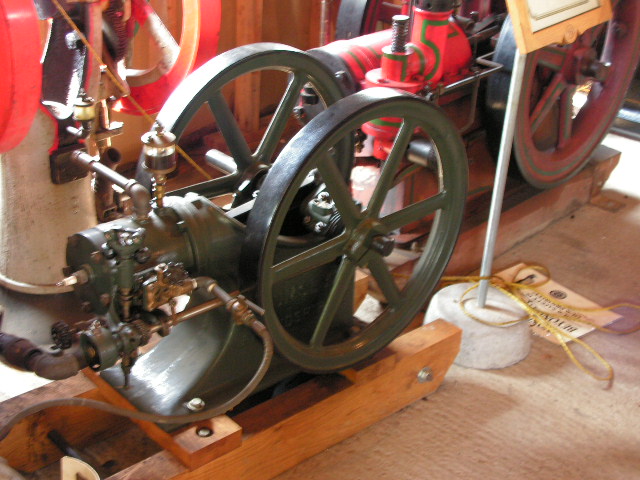
Photo 3: Rumsey gas engine


Photo 5: 10 hp Model 2 Klein built by National Transit Pump and Machine Company of Oil City, PA

Photo 6: 6 hp Mietz and Weiss oil engine built in 1897 in New York City
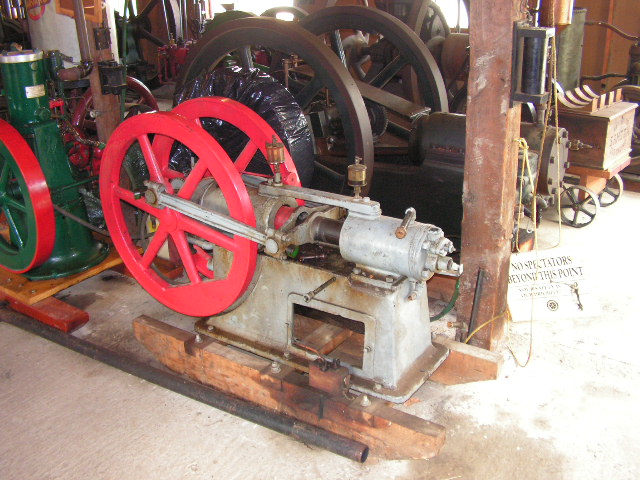
Photo 7: S.M. Jones air compressing engine built by S.M. Jones Company of Toledo, Ohio
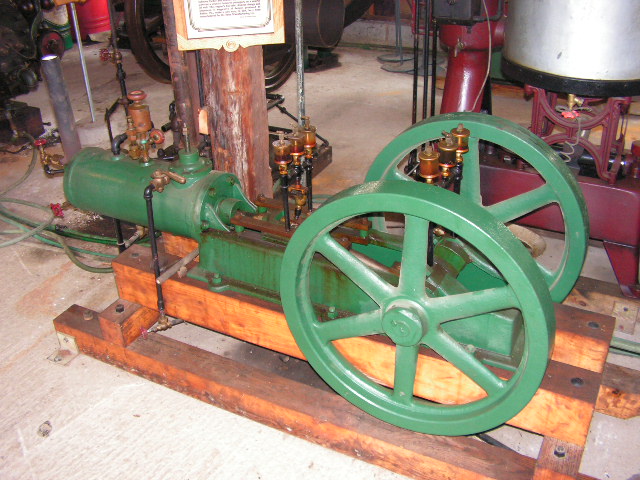
Photo 8: 5 hp Etna gas engine built in Butler, PA
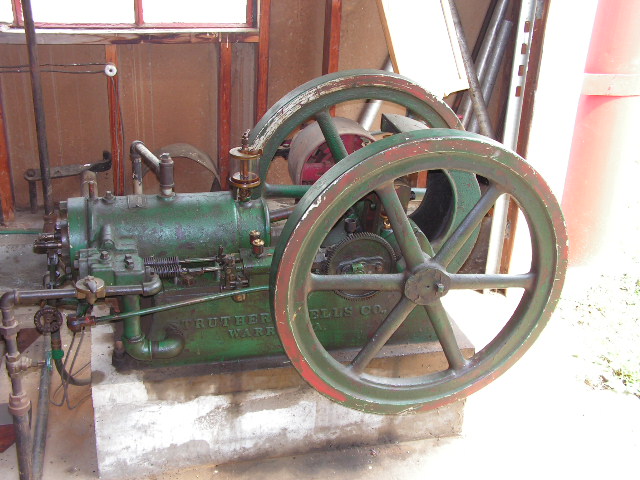
Photo 9: 4 hp Struthers-Wells built in Warren, PA
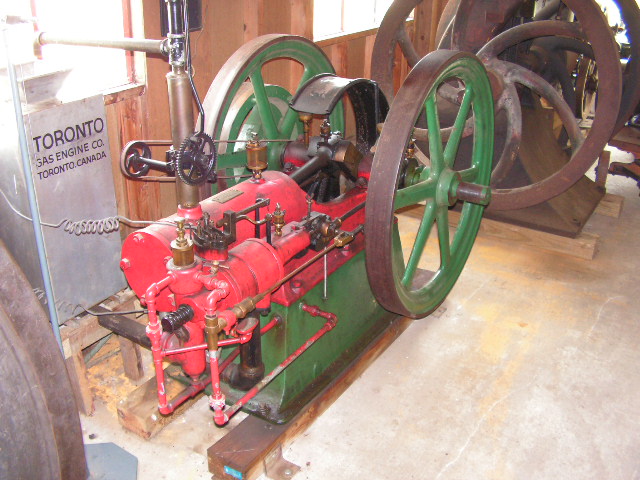
Photo 10: 5 hp Toronto Gearless that was built in Toronto, Canada